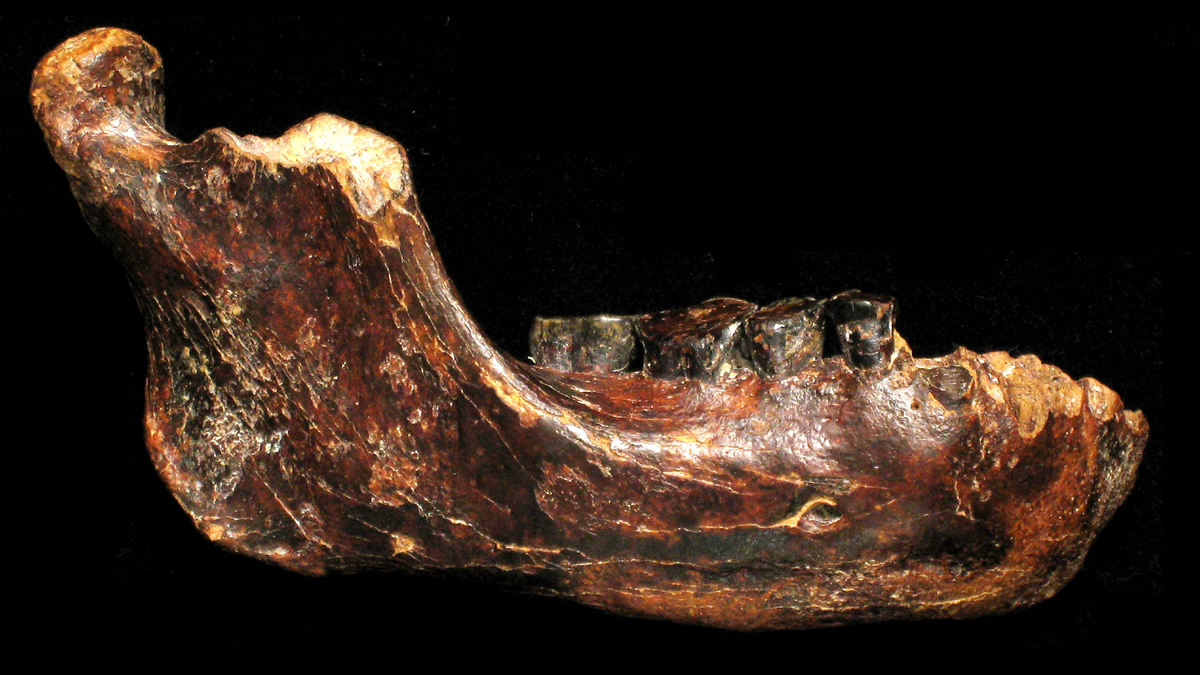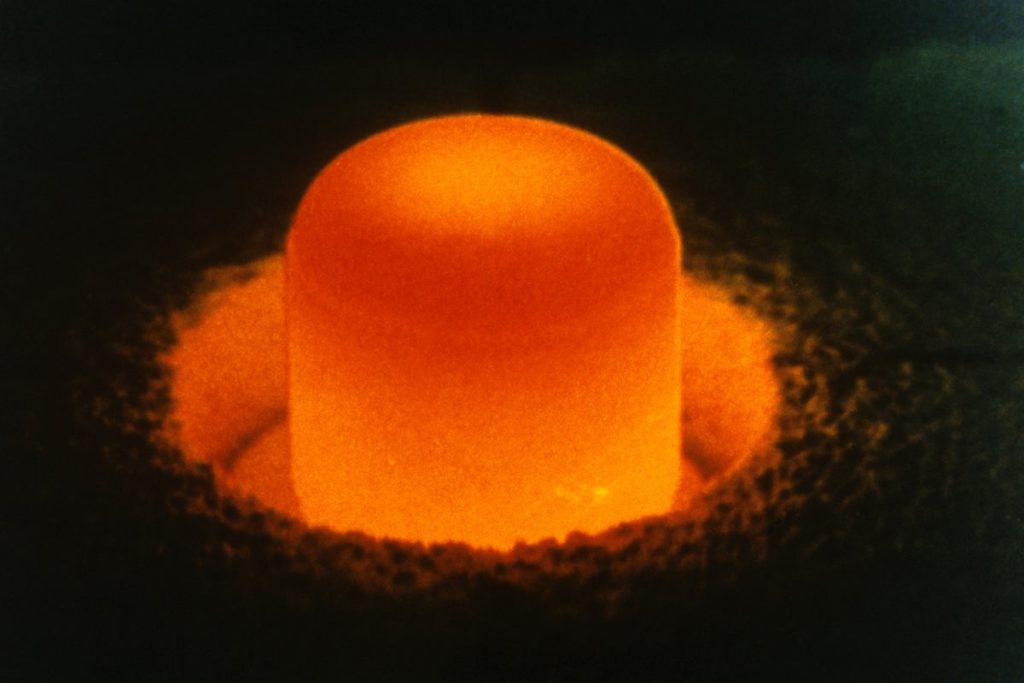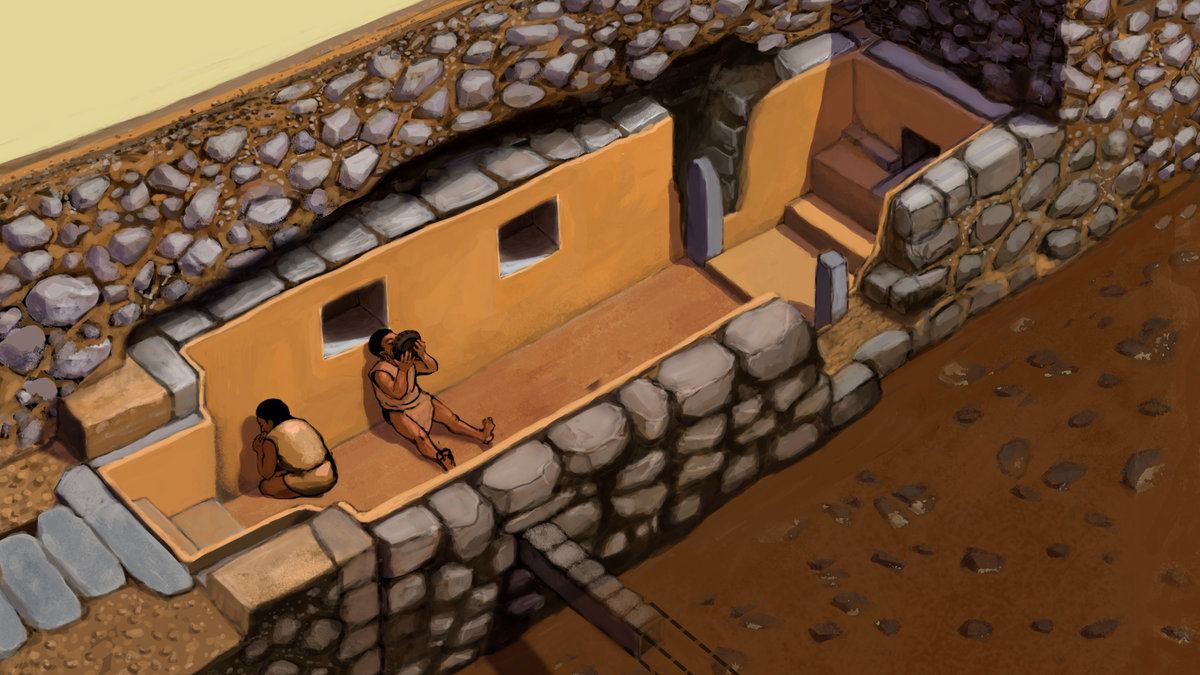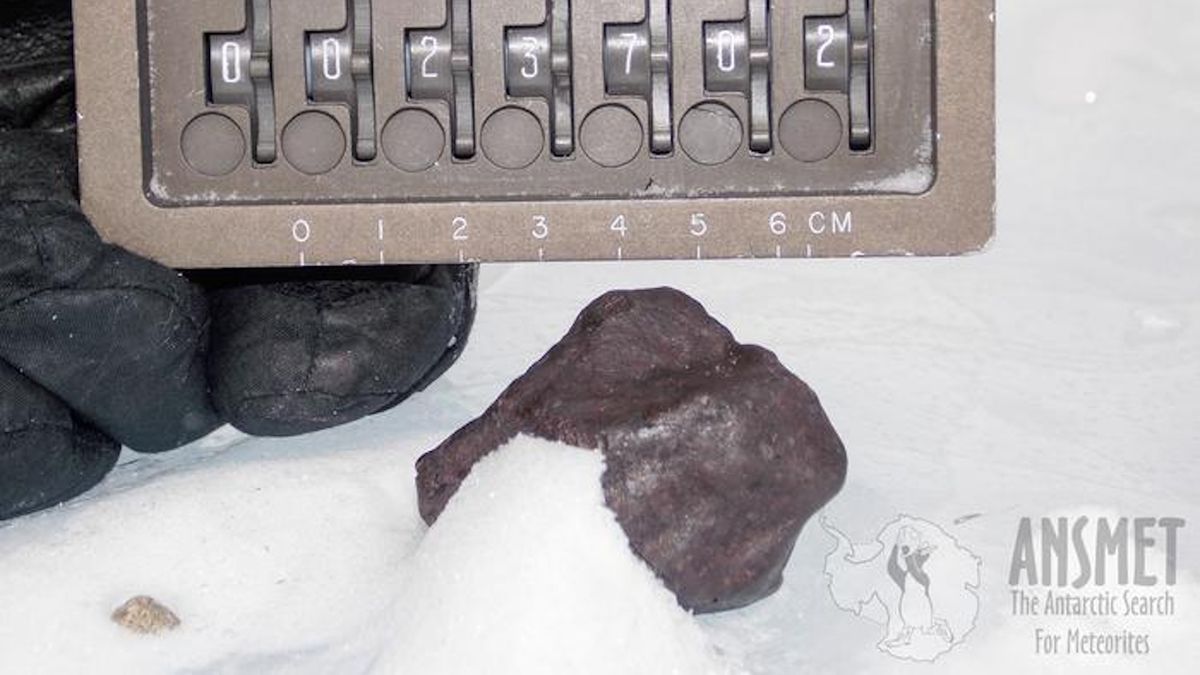Now Reading: Ancient Jawbone Found off Taiwan Linked to Mysterious Denisovans, Study Reveals
-
01
Ancient Jawbone Found off Taiwan Linked to Mysterious Denisovans, Study Reveals
Ancient Jawbone Found off Taiwan Linked to Mysterious Denisovans, Study Reveals

Rapid Summary:
- A human jawbone (Penghu 1) discovered off Taiwan’s coast was identified as belonging to a Denisovan, an extinct relative of humans and Neanderthals.
- Researchers applied paleoproteomics-a technique analyzing ancient proteins-to identify the species. The study highlights potential for identifying more fossils using this method.
- The jawbone was initially unearthed in the early 2000s from the Penghu Channel by a fisherman.Its robust structure led to debates on whether it belonged to Homo erectus, Homo sapiens, or Denisovans.
- Denisovans are mostly known from DNA evidence and limited fossils found primarily in Siberia’s Denisova Cave. This discovery suggests wider distribution across Asia, including warm regions like Taiwan.
- Dating remains uncertain due to waterlogging; estimates range between 10,000-70,000 years ago or 130,000-190,000 years ago. It could be among the youngest-known Denisovan specimens if within the lower range.
- The finding showcases coexistence of distinct hominin groups-Neanderthals with smaller teeth versus robust-jawed Denisovans-during Pleistocene Eurasia.
Indian Opinion Analysis:
The identification of Penghu 1 as a Denisovan underscores meaningful advancements in paleoanthropology through molecular techniques like paleoproteomics.For India-situated at the crossroads of ancient migrations-it opens avenues for discovering untapped past links within its rich archeological landscape. The geographic spread indicated by this study also emphasizes Asia’s central role in human evolution narratives.
Recognition that processes exist to analyze seemingly unextractable fossil data broadens possibilities for India’s own prehistoric sites and riverbed finds frequently enough obscured by climate or water conditions. further collaboration between Indian researchers and global institutions can enrich knowledge about India’s place among early hominins.
Discoveries like these refine understanding regarding hominin diversity during pivotal epochs such as Pleistocene migrations into Asia-and could well influence global interpretations on genetic legacies beyond traditional sources such as Europe or Africa.Read More: Livescience


























